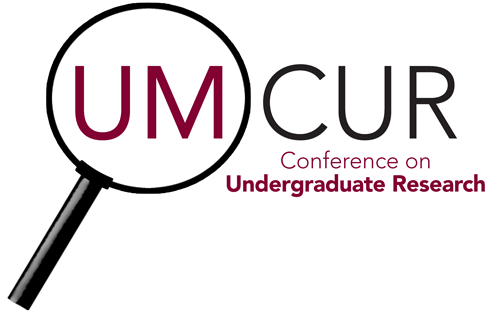
Oral Presentations: UC 326
Project Type
Presentation - Campus Access Only
Faculty Mentor’s Full Name
Dr. Katrina Mullan
Faculty Mentor’s Department
Economics
Abstract / Artist's Statement
According to the UN, natural disasters have killed 700 thousand people, injured 1.4 million people, and left 23 million people without homes since 2005. When natural disasters occur in developing nations, international organizations like the United Nations and the Red Cross have historically provided much needed aid. This type of aid occurs after the fact. Perhaps it would be better to take a more proactive approach to relief, providing tools to mitigate loss beforehand.If these outside parties invested in capital that would allow the stricken country to more adequately mitigate risk for severe weather events, would it be more cost effective than paying for cleanup afterward? More importantly, would doing so save more lives and make for a quicker economic recovery for these nations? I use panel data to test human capital and physical capital, ultimately determining what can be used to mitigate the impacts of natural disasters.
Category
Social Sciences
An Analysis of How Different Types of Capital Can Be Used to Mitigate the Impacts of Natural Disasters
UC 326
According to the UN, natural disasters have killed 700 thousand people, injured 1.4 million people, and left 23 million people without homes since 2005. When natural disasters occur in developing nations, international organizations like the United Nations and the Red Cross have historically provided much needed aid. This type of aid occurs after the fact. Perhaps it would be better to take a more proactive approach to relief, providing tools to mitigate loss beforehand.If these outside parties invested in capital that would allow the stricken country to more adequately mitigate risk for severe weather events, would it be more cost effective than paying for cleanup afterward? More importantly, would doing so save more lives and make for a quicker economic recovery for these nations? I use panel data to test human capital and physical capital, ultimately determining what can be used to mitigate the impacts of natural disasters.